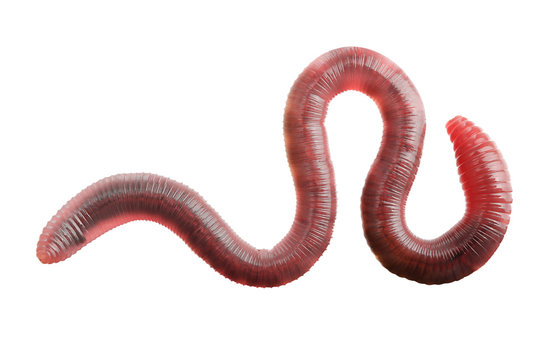Composting with Worms
Vermicomposting
Vermicomposting uses worms to break down organic material, including food scraps, and turn them into a nutrient-rich soil amendment that can nourish your house plants or garden.
Why to choose worm composting?
- Worms break food waste into compost faster, over 8-12 weeks.
- Traditional composting takes 6-9 months.
- You can worm compost in your apartment or house, even under your kitchen sink.
- You can also vermicompost at school or the office.
Worm Facts
- Worms like to feed on food waste.
- Worms break down food scraps efficiently.
- Worms eat over half their body weight a day.
- Worm manure contains beneficial microbes and nutrients for plants.

The word “vermi” is Latin for worm.
What kind of worms are used for vermicomposting?
Most worm farms raise two main types of earthworms:
- Red wiggler and
- Red earthworms.
These two species are often raised together and are difficult to tell apart, though they are not believed to interbreed.
They are commonly used to produce vermicompost and fish bait.
The night crawler is also used for fishing bait but does not breed well in captivity.
What will worms eat?
Worms eat a variety of organics, such as:
- Paper.
- Manure.
- Fruit.
- Vegetable.
- Grains.
- Coffee Grounds.
- Ground Yard Wastes.
Do not feed worms:
- Meat.
- Dairy.
- Oily food.
- Citrus scraps (toxic to worms).
What do worms need?
- Temperature: 55° – 77° (13°- 25° C).
- Moist, organic bedding as damp as a wrung-out sponge.
- Darkness – they are sensitive to light.
- Because they have no teeth, add 1 Tbl of grit in bedding to grind food.
- Clean soil, sand, rock dust, or oyster flour with no foreign organisms.
How to Create and Maintain an Indoor Worm Composting Bin
Prepare the Bins
- Drill a 1-inch hole on one side of the tall bin, 2 inches from the top.
- Drill 1 hole on the opposite side.
- Drill 4 holes 1/8-inch wide near the bin’s bottom corners.
- Glue screening over each hole.
(Waterproof glue only) - Let dry.
- Put tall bin inside small bin.
Add Bedding and Worms
- Put damp shredded paper and soil in the tall bin 3 inches deep.
- Add worms and leave for 1 day to adjust before feeding them.
- Keep the mixture very moist with no puddles.
Feed the Worms
- Use veggie, fruit, or bread scraps, tea bags (no staple), and coffee grounds.
- Do not use animal products (fat, bone, dairy, meat).
- NO coffee filters, plastic tea bags or produce labels.
- Only add more food when the last food is eaten.
Feeding Steps:
- Make a hole in bedding and place food scraps there.
- Cover ALL of the food scraps with compost the worms already made.
- Remove any scraps the worms have not eaten.
- Place the lid back on bin.
- Worms compost food waste in 8-12 weeks.

Related Resources
-
- Vermicomposting Resources North Carolina State University
- Wikipedia page on Vermicomposting
For more information contact: Organic Materials, Organics@calrecycle.ca.gov
